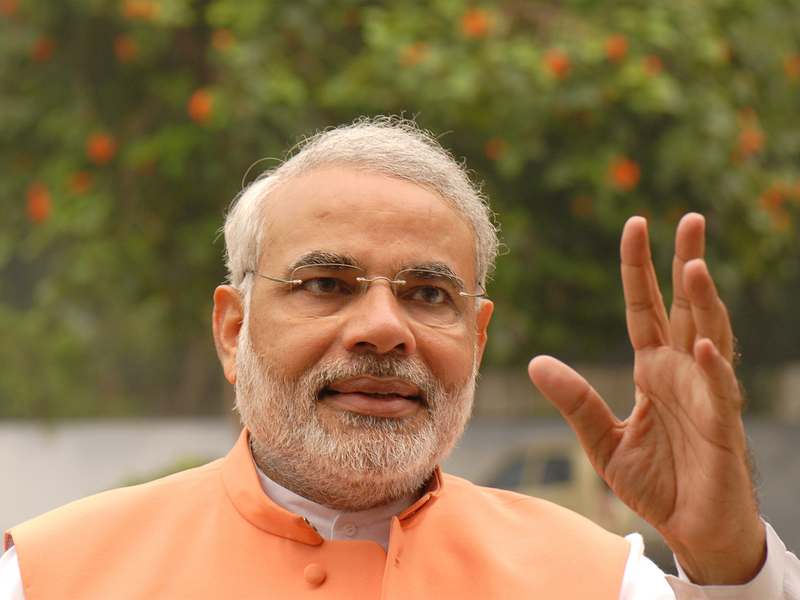
In their brilliant book, Why Nations Fail: The Origins of Power, Prosperity and Poverty, Daron Acemoglu and James A Robinson recount a story from ancient Rome that is relevant even today: “During the reign of the emperor Tiberius, a man invented unbreakable glass and went to the emperor anticipating that he would get a great reward.” Tiberius ruled between 14 AD and 37 AD.
This anticipation of a reward came from the fact that the Roman state did encourage new inventions. Nevertheless, this did not happen and the man was in for a surprise. As Acemoglu and Robinson recount: “He demonstrated his invention, and Tiberius asked him if he had told anyone else about it. When the man replied no, Tiberius had the man dragged away and killed, ‘lest gold be reduced to the value of mud’.”
A similar story comes from the era of Elizabeth I, who ruled England and Ireland from 1558 to 1603. William Lee made a knitting machine in 1589 and approached the Queen for a patent, so that others would not copy his invention and he could cash in on it.
The Queen refused to grant him a patent and told him: “Thou aimest high, Master Lee. Consider thou what the invention could do to my poor subjects. It would assuredly bring them to ruin by depriving them of employment, thus making them beggars.”
Lee went to France and was refused a patent there as well. Back in England, James I (Elizabeth’s successor) also refused to give a patent to Lee’s knitting machine.
By now, dear reader, you must be wondering why I am telling these historical tales, particularly given the headline suggests this is a column on Prime Minister Narendra Modi. Allow me to explain.
In the Independence Day speech Modi gave a few days back, he initiated a new call: “Start-Up India, Stand-Up India”. Whether this was just another marketing slogan Modi and his backroom boys are so good at coming up with, will only become clear in the time to come. But the idea, as Modi explained during the speech, is that each of the 1.25 lakh bank branches all across India “should encourage at least one Dalit or Adivasi entrepreneur, and at least one woman entrepreneur”.
On the face of it, like most of Modi’s big ideas, this makes tremendous sense. Around 13 million Indians enter the workforce every year, and it is start-ups that have the potential to generate the huge number of jobs that India needs to create for its burgeoning workforce.
The trouble is that start-ups also challenge the existing way of doing things and lead to what economists call creative destruction.
Creative destruction was a term coined and defined by Austrian-American economist Joseph Schumpeter in Capitalism, Socialism and Democracy as the “process of industrial mutation that incessantly revolutionizes the economic structure from within, incessantly destroying the old one, incessantly creating a new one”.
This process of “industrial mutation” challenges the existing paradigm, and it is messy, causing reluctance among governments and politicians to accept the new inventions, discoveries and ideas of start-ups.
Here’s Acemoglu and Robinson again: “For sustained economic growth we need new technologies, new ways of doing things, and more often than not they will come from newcomers such as Lee [in today’s terminology essentially start-ups]. It may make society prosperous, but the process of creative destruction that it initiates threatens the livelihood of those who work with old technologies, such as hand-knitters who would have found themselves unemployed by Lee’s technology.”
The point is that if Modi’s “Start-Up India, Stand-Up India” call is more than a marketing slogan, it has the potential for widespread creative destruction, and this will challenge the incumbents and their way of doing things.
Obviously, the incumbents will try to do everything to stop their businesses from becoming irrelevant…including trying to get politicians on their side.
Take the case of what has happened around the entire issue of “net-neutrality, which the mobile phone companies have opposed tooth and nail because it would make substantial portion of their business model irrelevant.
Or take the case how life is being made difficult for taxi-cab operators like Ola and Uber who’ve challenged the existing paradigm. As Acemoglu and Robinson write: The elite, when their political power is threatened, form a more formidable barrier to innovation. The fact that they have much to lose from creative destruction means not only that they will not be the ones introducing new innovations but also that they will often resist and try to stop such innovations. Thus society needs newcomers to introduce most radical innovations.”
If “Start-Up India, Stand-Up India” goes beyond just being a marketing slogan, a whole host of existing businesses will feel threatened, and will approach the government for relief. Given the close relationship most governments share with existing businesses, they are more than likely to oblige.
Acemglou and Robinson offer the example of manufacturers of woollen textiles in England who, when faced with fierce competition from imported textiles, “lobbied Parliament to pass legislation in 1666 and 1678 that would make it illegal for someone to be buried in anything other than woollen shroud’.
If the creative destruction of “Start-Up India, Stand-Up India” is indeed unleashed, Modi and his government will have to resist the temptations of doing similar things. However, India is ranked 158th among 189 countries worldwide, and last among the eight South Asian countries (Afghanistan, Sri Lanka, Pakistan, Maldives, Bangladesh, Nepal, Bhutan and India) in the World Bank’s annual Ease of Doing Business Rankings.
Before we see creative destruction in India…before Modi is even in a position to grant protections to fading industries…the ease of doing business in India must improve.
I remain sceptical.
(The column originally appeared in The Daily Reckoning on August 19, 2015)